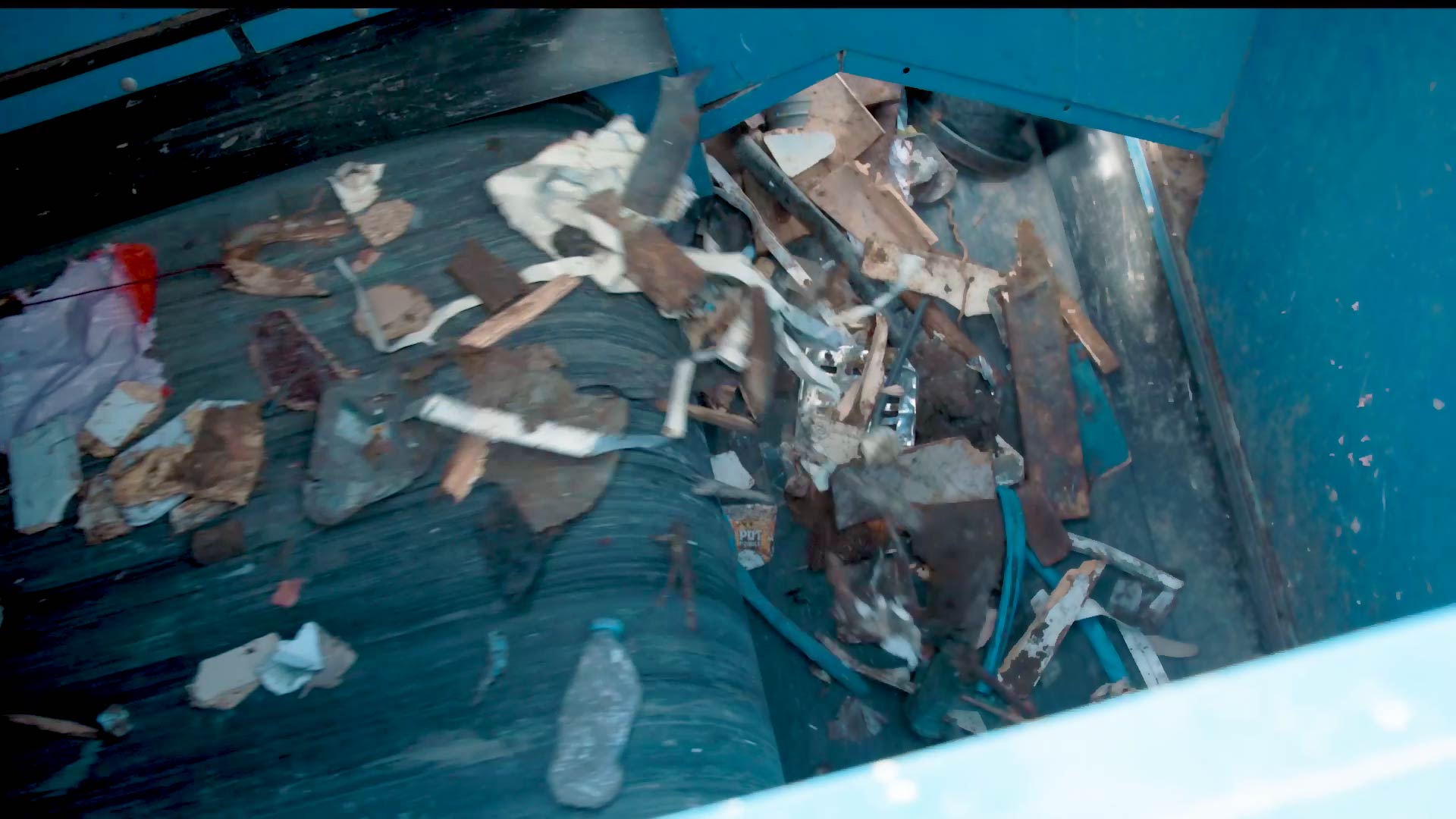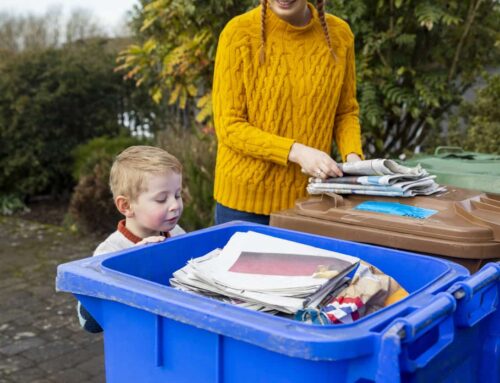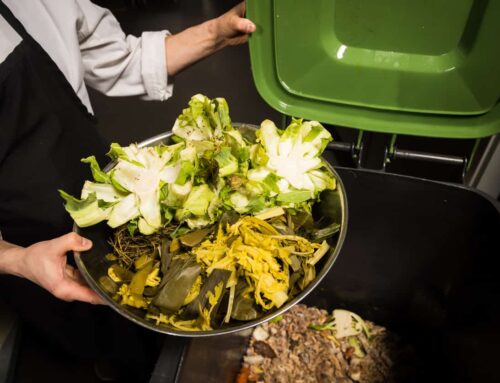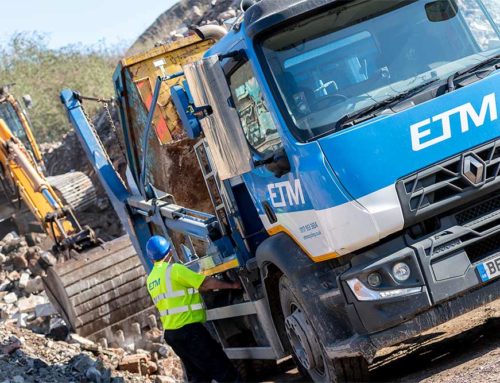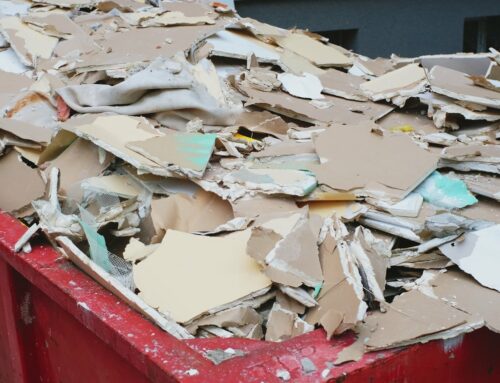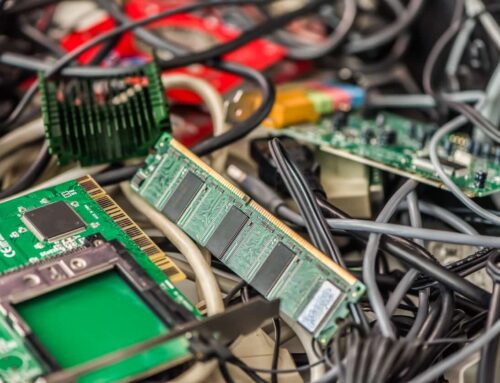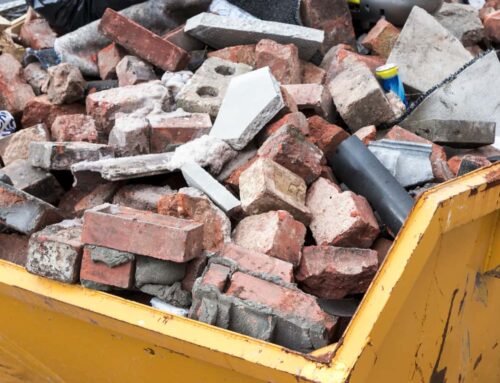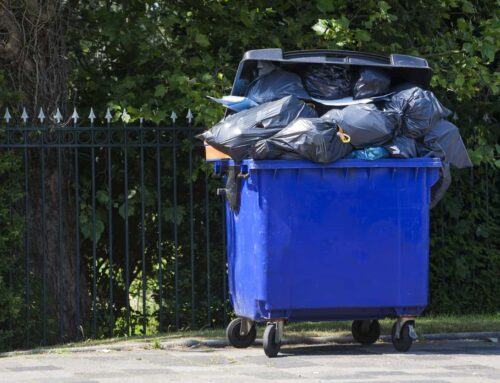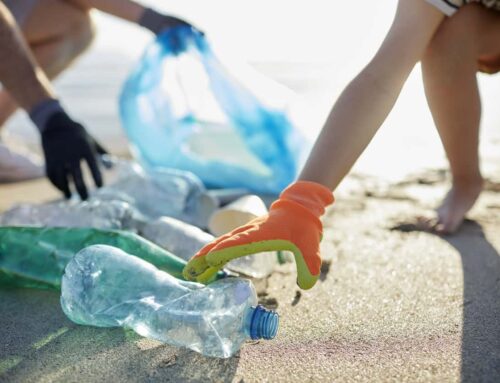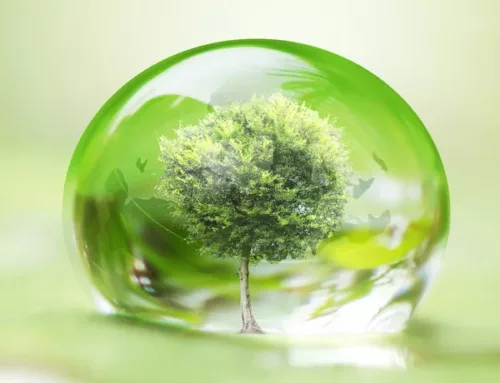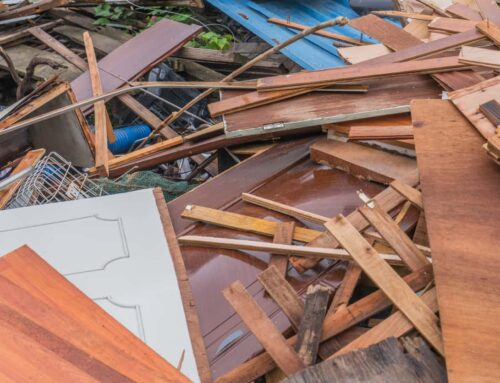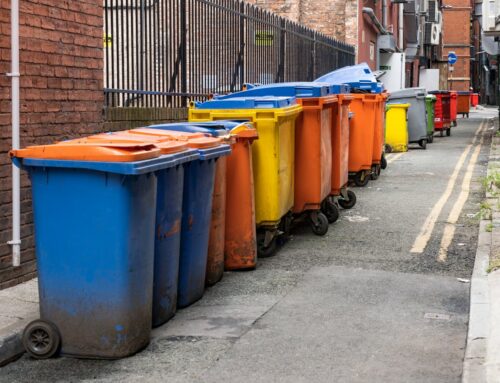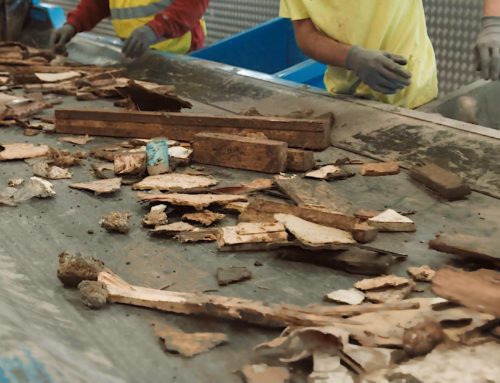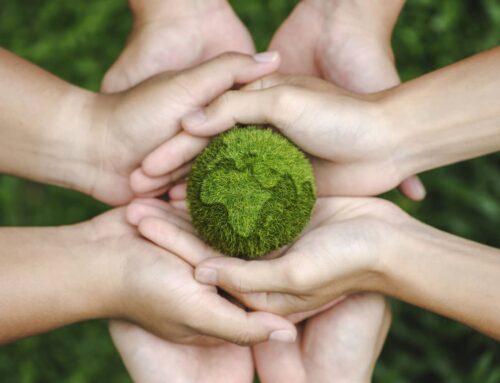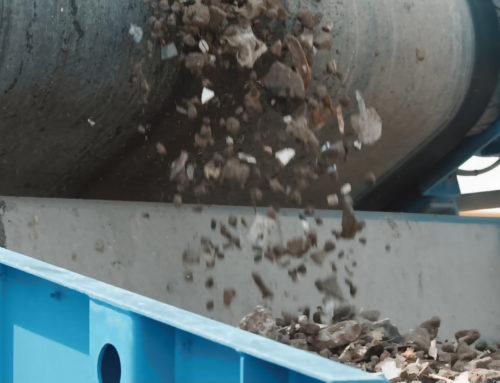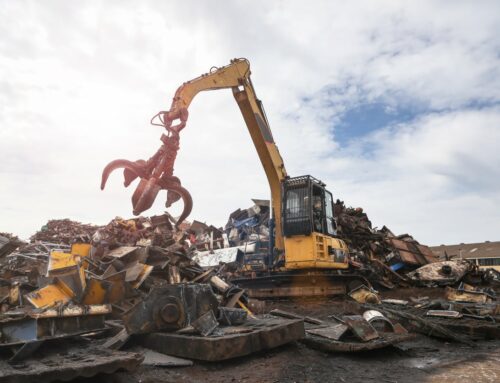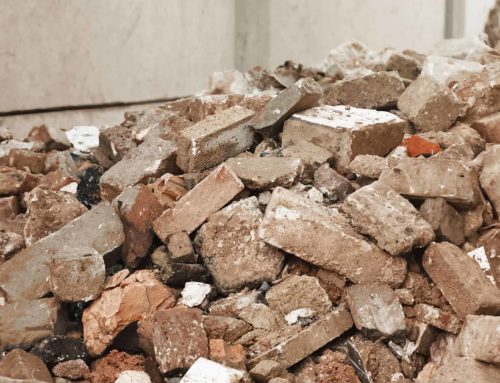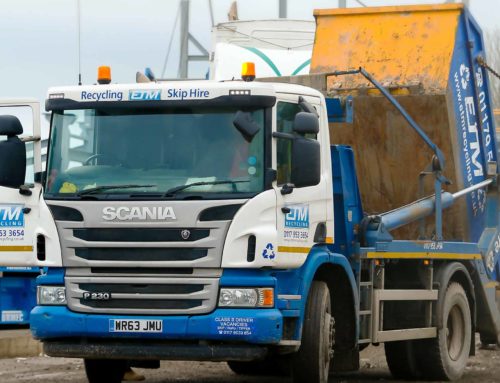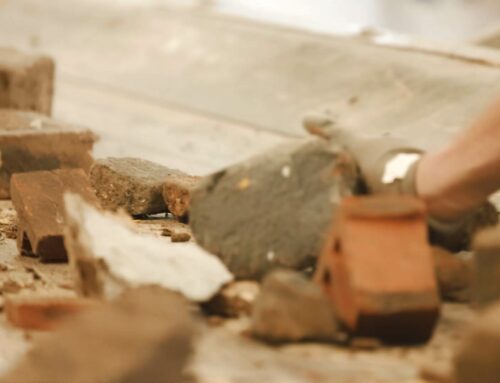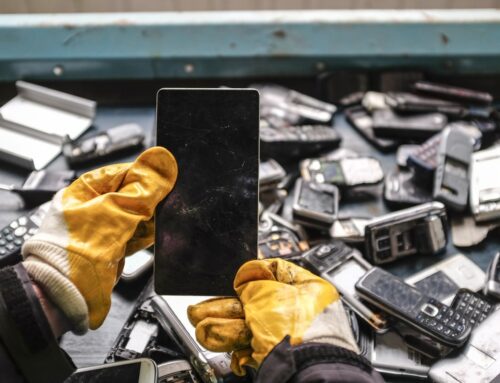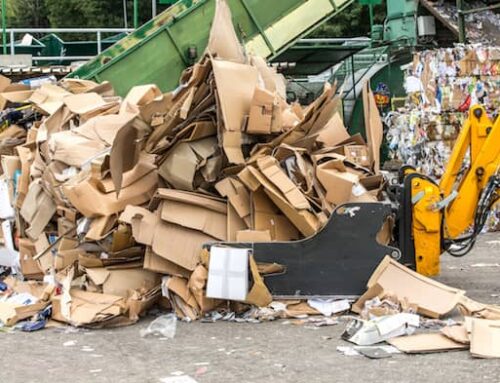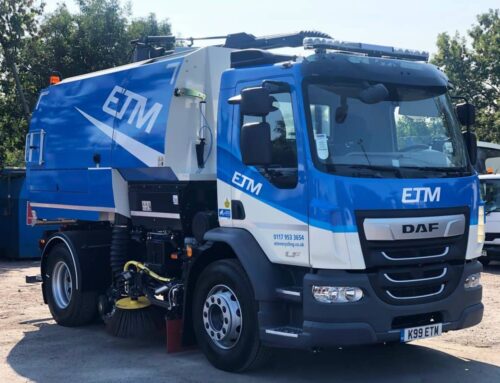In this guide we discuss 7 interesting facts about recycling plastic in the UK.
1 – The UK recycles just 45% of plastic every year
Research indicates that only 45% of plastic used in the UK is recycled every year, meaning that 55% of all plastic is thrown into landfill or the ocean. The majority of UK households throw away at least 40kg of plastic each year – combined, this is enough plastic to circle the world 4-5 times.
2 – Plastic rubbish in the ocean kills thousands of animals
Bottles and packages that end up in the sea kill over 1 million marine creatures every single year. Plastic contains toxic chemicals, which can increase the chance of disease as well as affect reproduction. Sea turtles, seals, seabirds and other sea creatures often ingest plastic, choke or even get entangled in it, leading to poisoning and starvation.
3 – Plastic shopping bag sales are decreasing
It is encouraging that sales of plastic carrier bags have and are continuing to decrease following the introduction of the 5p charge in October 2015. The average consumer now purchases approximately 10 bags a year from the main supermarket retailers, compared to 140 in 2015 before the charge came into force.
Plastic bags can take centuries to fully decompose because they are so durable. As the bag breaks down, plastic particles contaminate soil and enter the food web, which is when animals accidentally ingest them, often choking and dying.
4 – Plastic can be recycled into all sorts of items
Recycled plastics are used to create all sorts of items. Common repurposed uses include packaging, bags, bottles, bottle caps, car components, plant holders, furniture, building materials and so on – the list is endless.
5 – Plastic is split into 7 categories
All modern plastic items have a stamp on them indicating what category of plastic they fall into. There are seven categories: PET, HDPE, PVC, LDPE, PP, PS and everything else.
Polyethylene Terephthalate (PET)
PET plastic is the most widely recycled plastic material and is used to produce the vast majority of single use clear plastic bottles.
High Density Polyethylene (HDPE)
HDPE is another commonly recycled plastic. This type of plastic is used for bottles containing bleach and shampoo as well as milk jugs.
Polyvinyl Chloride (PVC)
Found in cling film, plastic pipes and windows, PVC isn’t normally recycled in roadside collections. However, specialised programs do exist to recycle it into flooring and insulation for electrical wiring.
Low Density Polyethylene (LDPE)
Plastic bags and six pack rings are made from LDPE. Recycled LDPE can be made into items like furniture and flooring.
Polypropylene (PP)
PP has a high heat tolerance so is often used to contain hot drinks. It can be recycled into items such as battery cables and ice scrapers.
Polystyrene (PS)
PS is an easily recognisable plastic found in a lot of packaging and takeaway food cartons. Although recycling is difficult, it is possible. Secondary uses include insulation and foam packaging.
Everything Else
This categorises all other plastics such as polylactide and polycarbonate. There is no one-size-fits-all solution to recycling these types of plastics.
6 – One recycled plastic bottle can be enough to power a bulb for 3 hours
Recycling a single plastic bottle – like of a bottle of water or Pepsi – can conserve enough energy to power a lightbulb for three hours or more. In fact, one tonne of recycled plastic saves over 5,700 Kwh of energy and 7.4 cubic years of landfill space.
UK consumers use around 13 billion plastic drinks bottles each year – that’s approximately 35.8 million plastic bottles every day.
7 – Recycling creates more jobs that landfilling and incinerating
Recycling doesn’t just save energy and reduce landfill space; it also creates jobs. Landfilling and incinerating are highly mechanised processes with little labour involved. The recycling industry, on the other hand, is a much more integrated process involving the collection, sorting and processing of the materials.
Plastic Recycling Bristol with ETM Recycling
Here at ETM Recycling, we are the leading domestic and trade recycling company in Bristol and the surrounding area. Segregating and grading our plastics to optimise recycling, we divert 100% of the plastic we handle from landfill.
We process a range of plastic and endeavour to provide our customers with a cost-effective and environmentally friendly solution to the ever-increasing waste disposal requirements.
To find out more about our plastic recycling services, please don’t hesitate to get in touch with our friendly team today. Whatever your requirements, we’ll have a solution for you.
See more: Grab Lorry Vs Skip Hire
See more: Waste Removal Services – What are the Different Types of Waste Removal?
